Talking History #3 - Elizabeth Lake, Los Angeles
As a native Californian, I have had the opportunity to travel and explore California from the South-Western United States-Mexico border, all the way up through the Northern parts of California. I have surfed the coast in multiple conditions, from muddy, rocky, kelpy, and even occasional nasty-ass nearly toxic coastal waters. I have camped and hiked both the mountains and deserts during seasons filled with bountiful vegetation to full on drought conditions, whilst inhaling and exhaling earths most valuable air during the clearest days to the most horrendous smog infested, no-visibility (good luck seeing the stars) nights almost all my life.
I understand and accept change! But it can be such a downer sometimes, especially when there is absence of any evolutionary progression. (Mother Earth Knows Best)
This “Talking History” episode brings focus on the existence of water and its preservation, using references from my recent visit to Elizabeth Lake, Los Angeles; which lies directly on the San Andrea's Fault just 60 miles north of Downtown Los Angeles.
So we jump in the car and take a drive into the Sierra Pelona mountains with amazing views of California's wild nature. We also saw an ox, wolves, plenty of farm goats, llama and ostrich. All of which were in captivity.

CAUTION! Roads are full of turns.....be mindful of your driving habits...
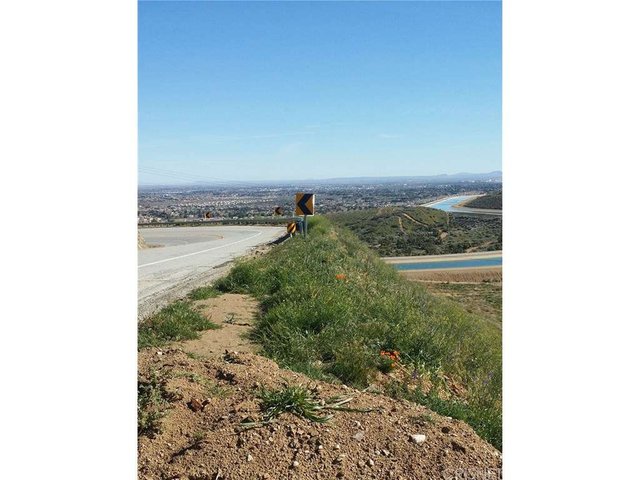
“Elizabeth” was known as many other names; the earliest may have been “Kivarum” which would have been named by the native Tatavium people. The lake was a dividing point between the territories of the Tatavium and Kitanemuk tribes. In the late 1700's, it had taken on a name given by Spanish explorer-priest Junipero Serra who called it “La Laguna da Diablo”, because the locals believed that the lake had a monster living in it. “Elizabeth” didn't come around until 1849, in which locals had witnessed a young girl, camping with her family, had at one point, went to the lakes edge to fetch water and fell in. Nothing fatal happened, but her name was “Elizabeth”. And so today we have Elizabeth Lake.
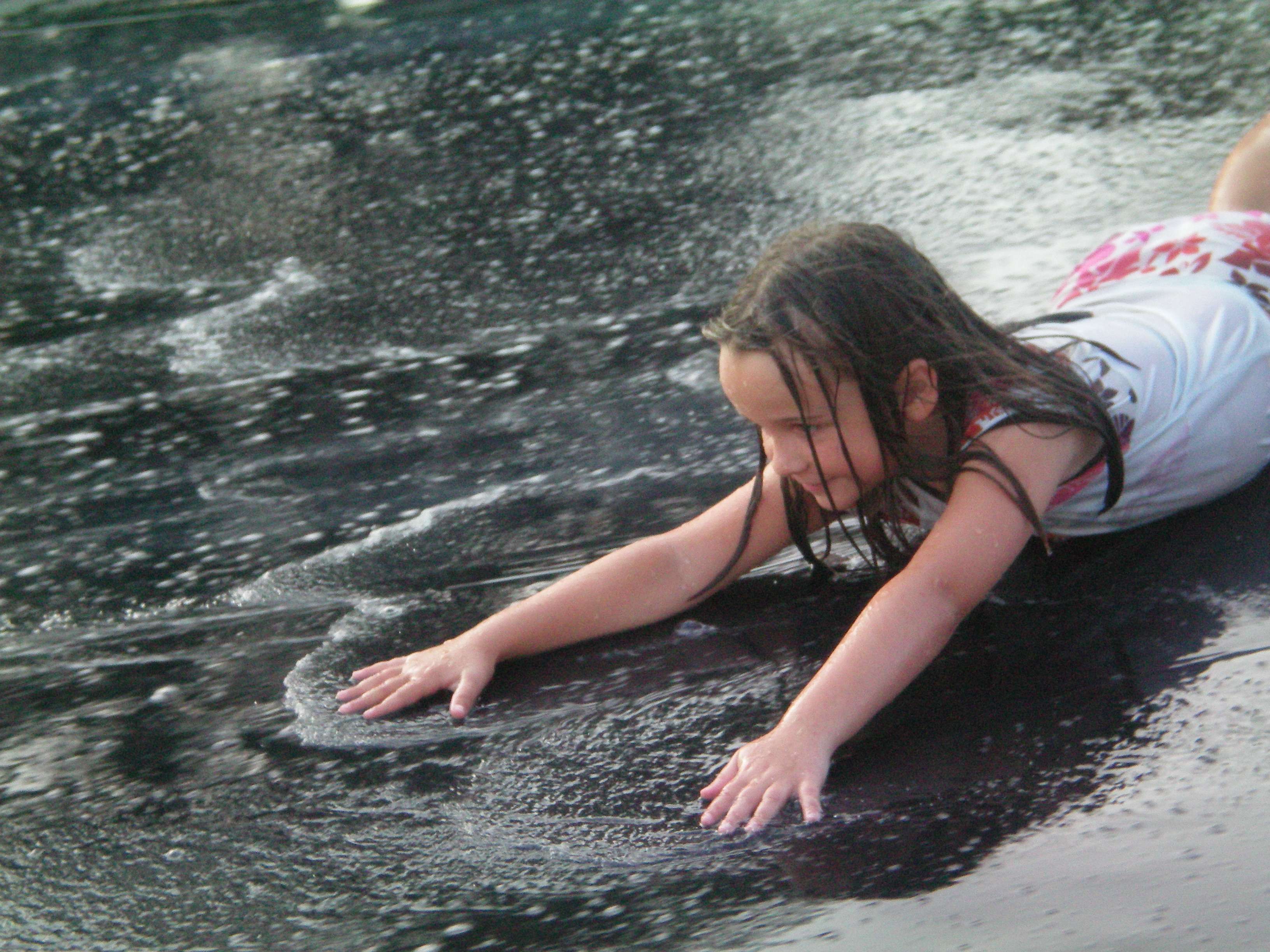
Now even though it has lake in its name, it is technically a sag pond, which means it lies in a depression of an active strike slip faultline. Particularly, San Andreas Fault which is a 3 segment faultline stretching through 750 miles of southern to northern California. Now, granted there is a faultline, there is a 5-mile long tunnel that was started in 1907 by William Mulholland to transport water in the Los Angeles Aquaduct from Owens Valley to Los Angeles. The lake and surrounding 6.5 square mile community is today known as Elizabeth Lake with a population nearing 2000.
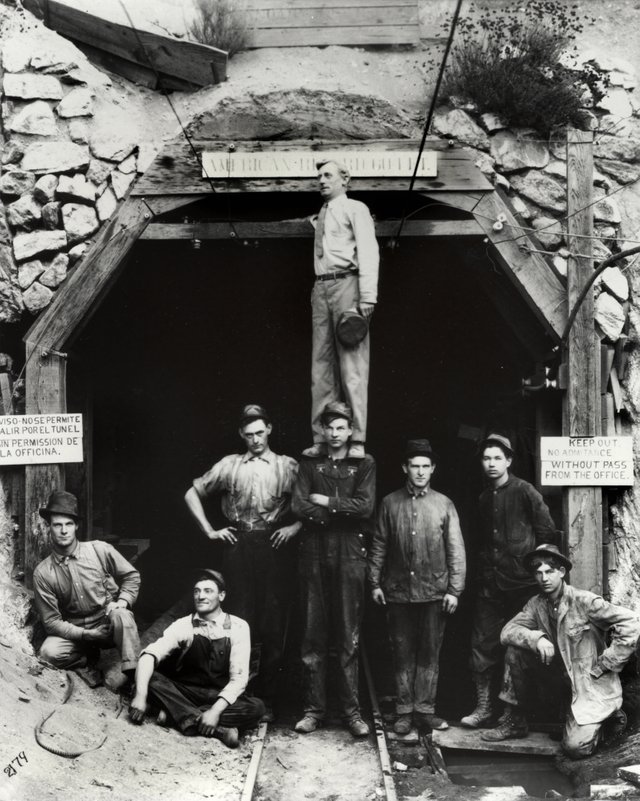
Today the lake is a bed of alkaline(remnants of a flourishing body of water). It was always known to be a perennial lake, but since 2013, it had been sucked dry by California's most recent drought. The lake houses are now dry-lake bed houses, and the loading docks lead into a bed of alkaline sand.
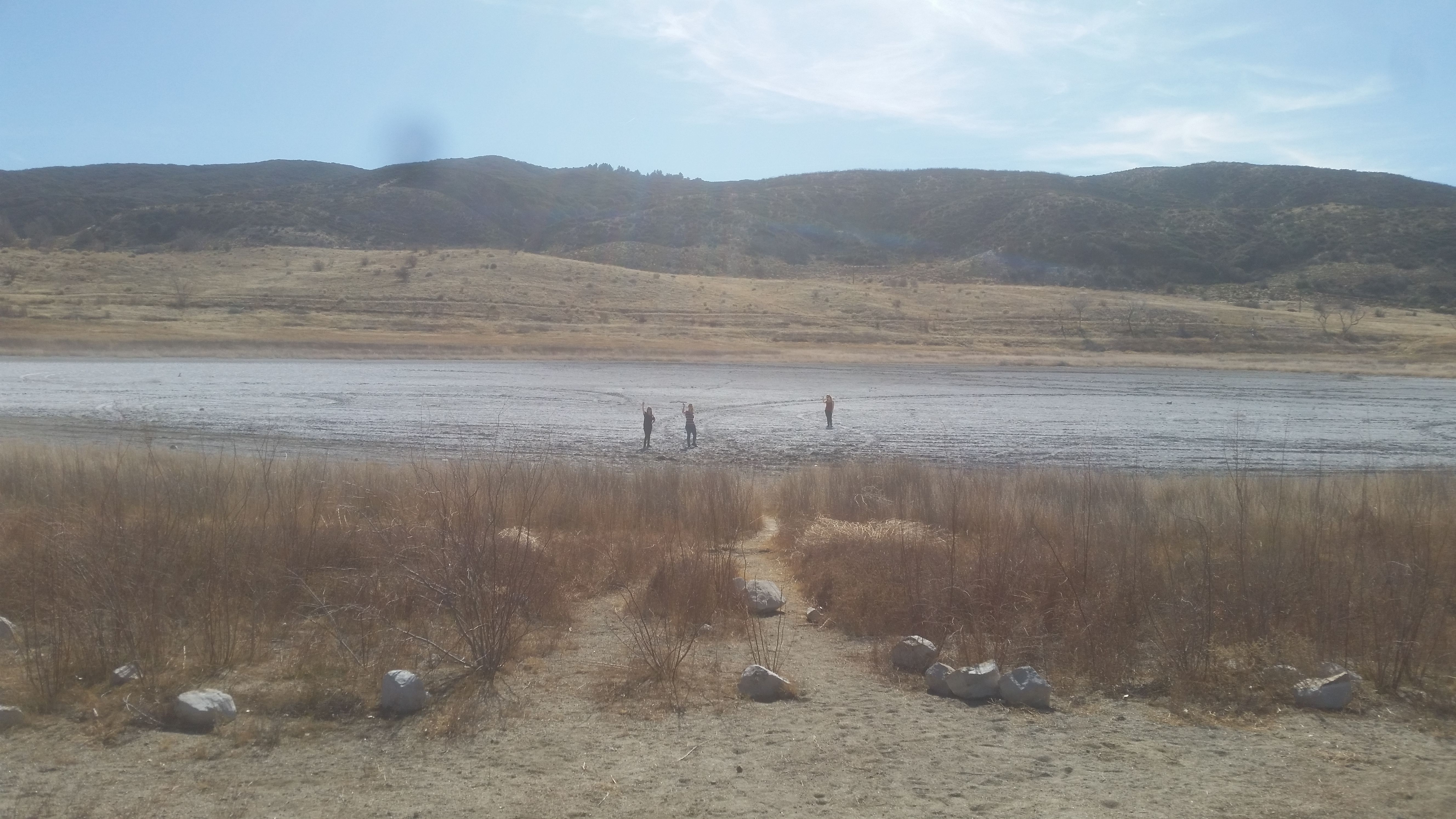
So far there is an absence of future planning, as residents just sit and wait for Nature and/or county-planners to take their course.
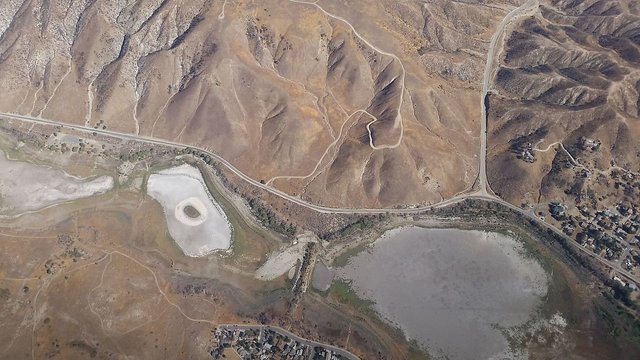
Nobody knows whether or not it will succeed again, but we have wonderful memories and tons of family pictures reminding us of a once flourishing, relaxing Elizabeth Lake!
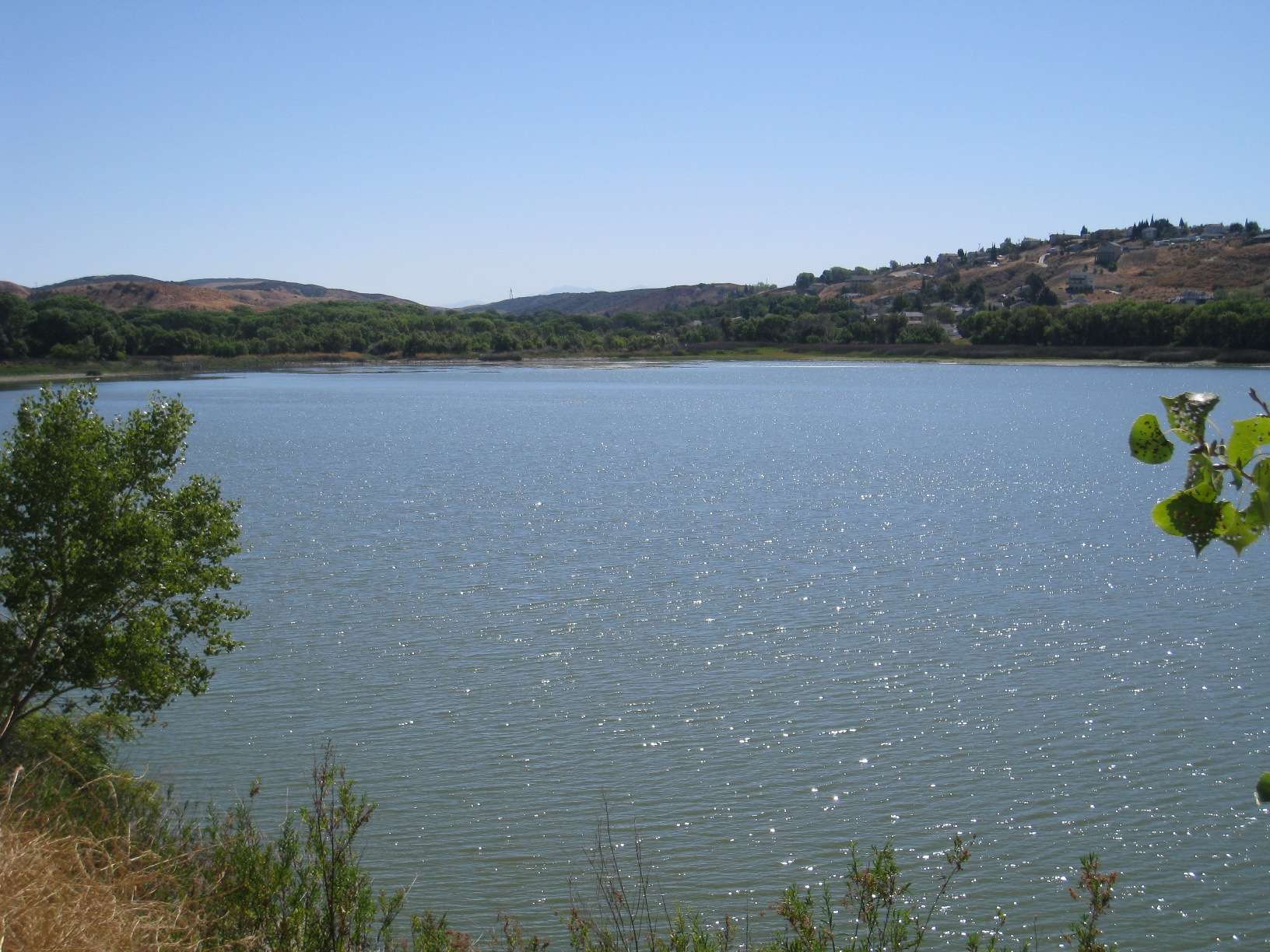
I hope nature decided that this lake needs to flourish once again. There's always hope of mother nature working herself out. I hope.
and works in mysterious ways!!!!
wow this is so close to me
awesome. yeah im in quartz hill
Great post, I moved to California about a year and a half ago and love exploring these lands that are so new and different to me.
Congratulations @bobdoesworld! You received a personal award!
Click here to view your Board
Do not miss the last post from @steemitboard:
Congratulations @bobdoesworld! You received a personal award!
You can view your badges on your Steem Board and compare to others on the Steem Ranking
Vote for @Steemitboard as a witness to get one more award and increased upvotes!